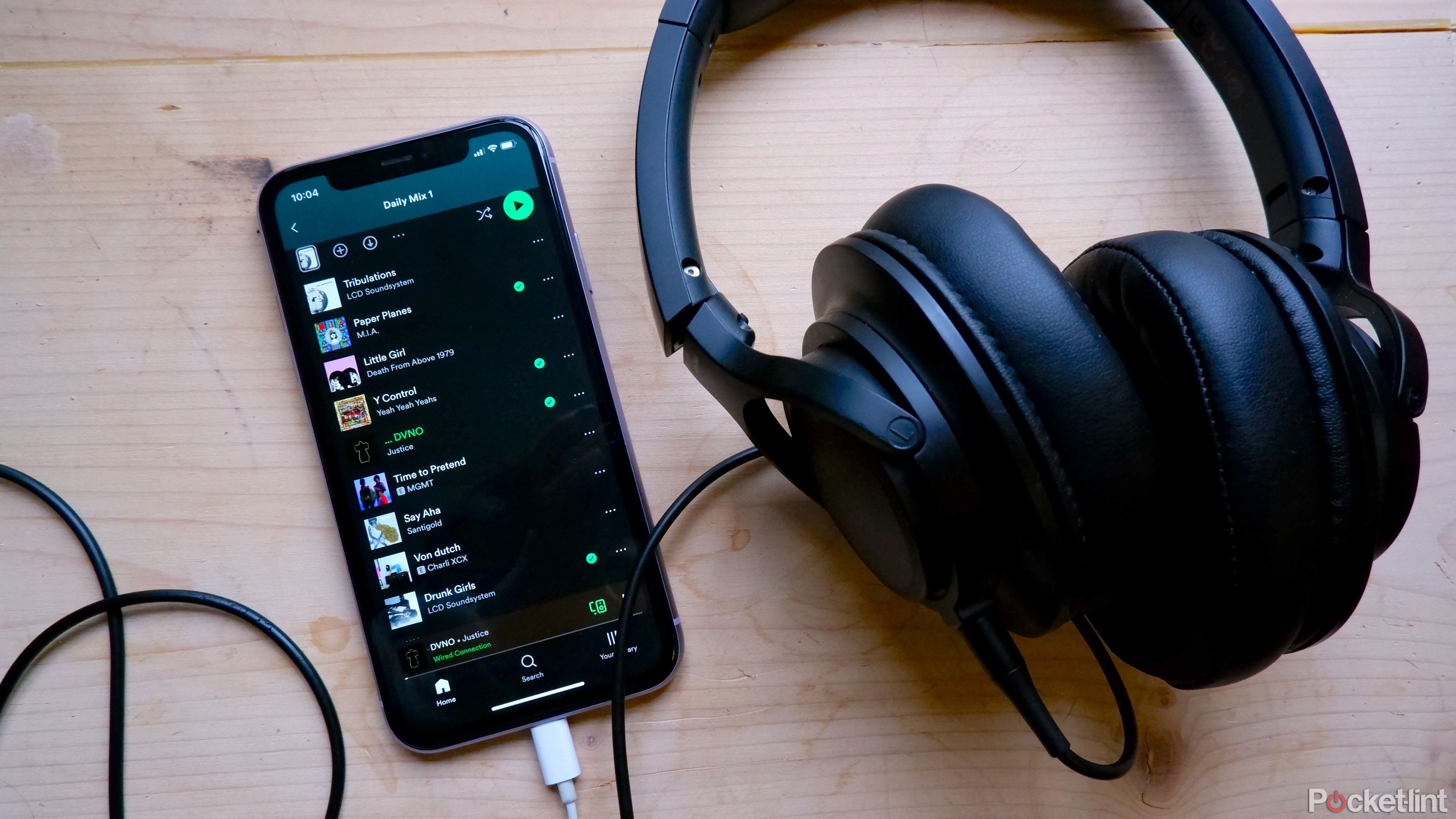Main points
- Streaming has revolutionized music consumption with its accessibility, but artists earn less compared to CD sales.
- CDs offer lossless audio, and many iPods don’t support high-quality files, unlike today’s streaming services.
- Due to the convenience and social sharing aspects, streaming discourages piracy, making it a more attractive option than buying an album.
In 2001, Apple released the revolutionary iPod. With 5GB of storage and the ability to “hold 1,000 songs in your pocket,” this sleek, compact device feels like something has changed. Personal media players have been around for many years, such as the Walkman and Discman for playing physical media, and various early MP3 players became available in the late 1990s. But the iPod took over the market and ushered in a landmark era of digital music listening, spawning other digital audio players such as Microsoft’s Zune and SanDisk’s Sansa. Nearly every technology company at the time was trying to make MP3 players, with varying degrees of success.
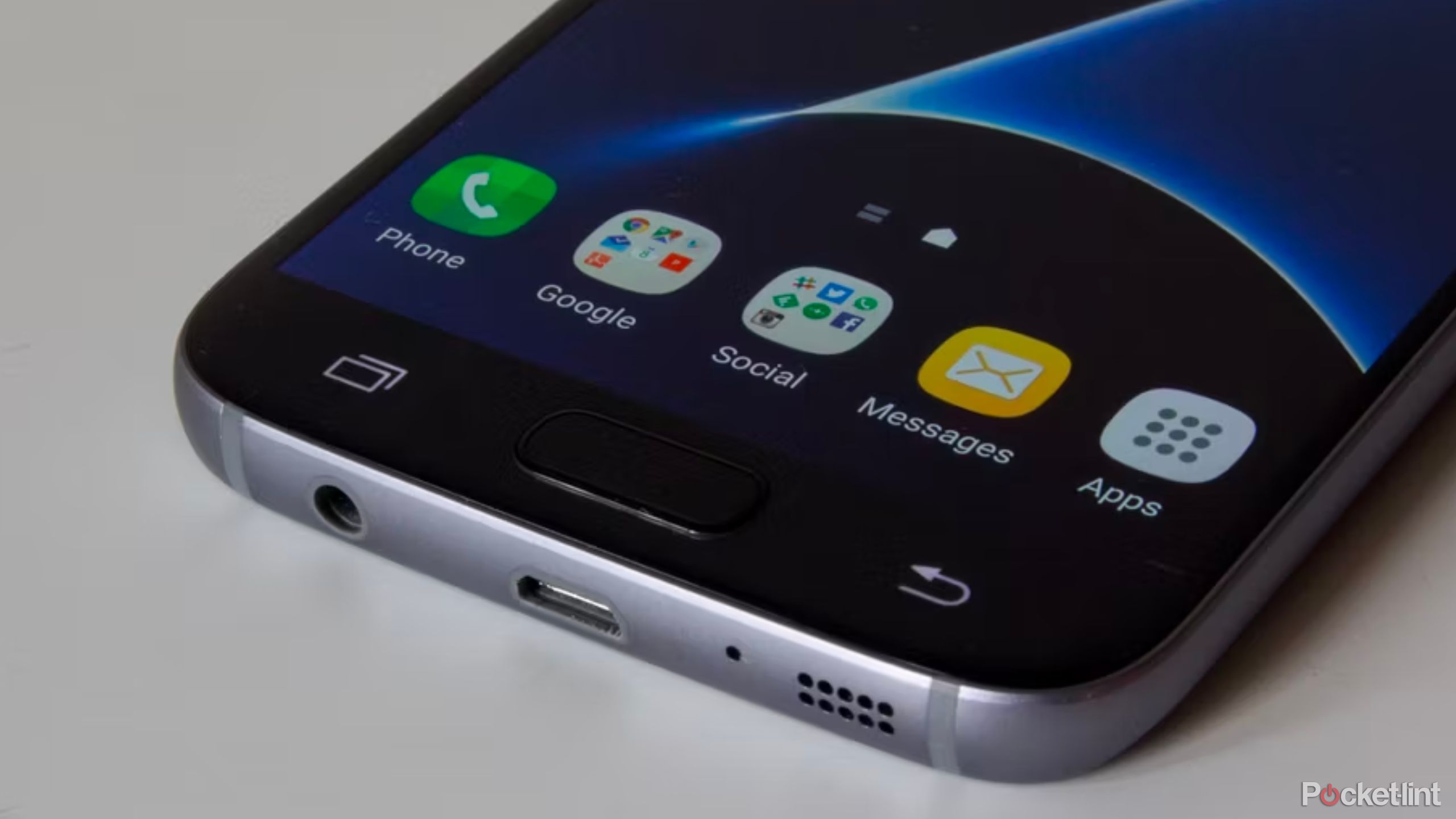
Why removing the headphone jack is bad for wired headphones
But it’s not too late – not even the largest companies on Earth can destroy a 140-year-old port.
Back then, in the early days of the internet, our options for getting music came down to buying individual songs and albums on platforms like iTunes, buying physical CDs and burning them to our MP3 players. In short, a lot of the time you have to be more intentional about finding the music and listening to it. Plus, music is expensive. At the time, individual songs ranged in price from 99 cents to $1.27, and album CDs cost between $10 and $20 each. So there’s a high upfront cost to building a music catalog, and on the earliest versions of the iPod, you could only play 1,000 songs, or even less if the songs were particularly long.
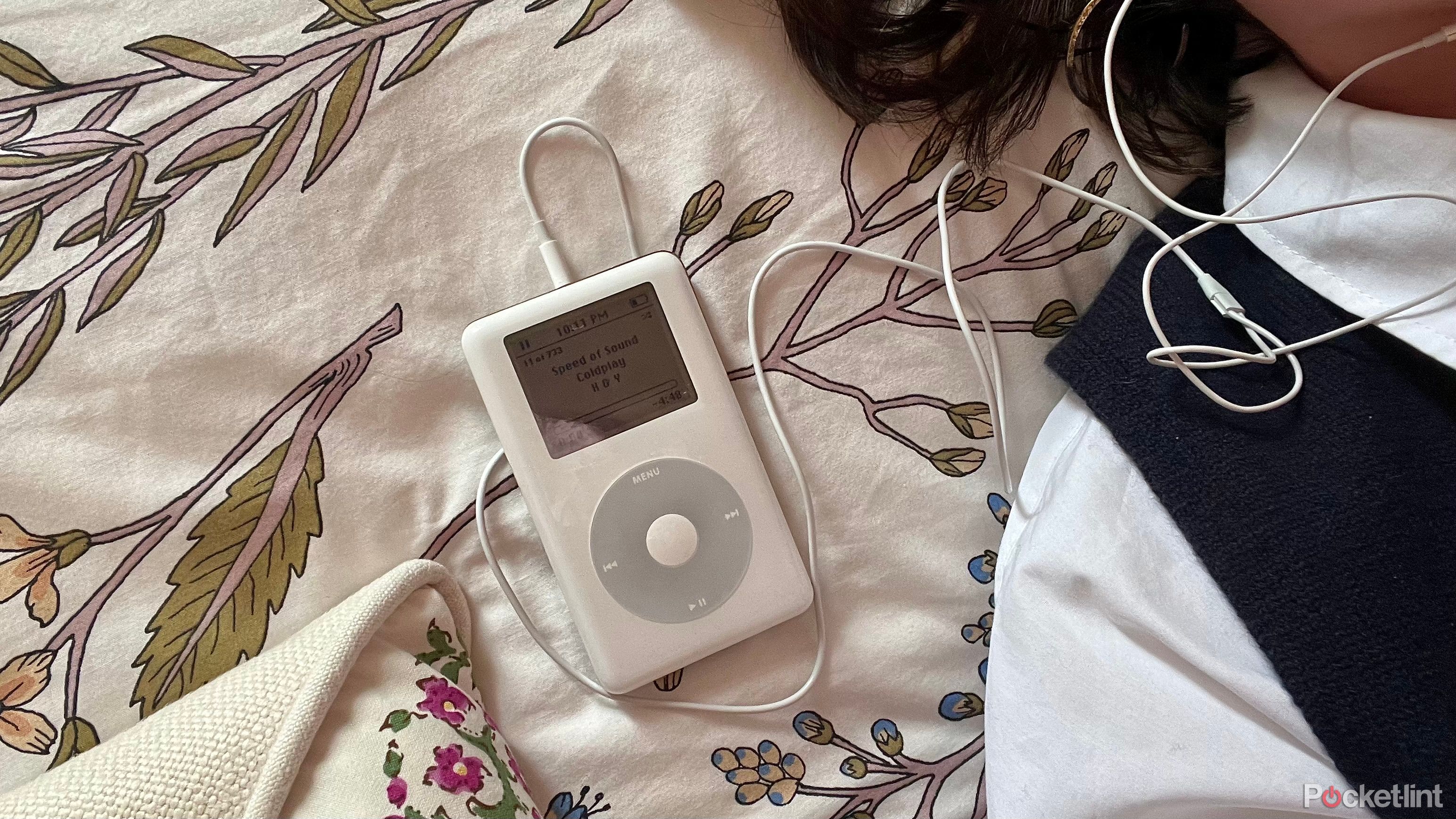
I listened to my old iPod for a month and it wasn’t the nostalgia trip I was expecting
I turned to the bulky iPod Classic for a simpler listening experience, but it also brought some complexity.
Spotify was founded in 2006 and launched in the UK in 2010 and the US in 2011, albeit in a limited way. It grew in popularity over the years and eventually became the most popular way to listen to music online. I got my account via invitation back in 2014 and was in awe of the idea. It almost feels unfeasible, or somehow illegal – how do artists get paid?
Other streaming services soon followed, with Tidal launching in 2014 and Apple Music in 2015, to name a few. By this time, the popularity of MP3 players had completely declined. Apple stopped producing the iPod Nano and iPod Shuffle in 2017, and finally discontinued the iPod Touch in 2022, ending the iPod tradition.
Now that streaming has become the primary way people consume music, it’s worth comparing streaming to the bygone era of digital audio players. Entering the streaming media era, what have we gained and what have we lost?
Entering the streaming media era, what have we gained and what have we lost?
More music at our fingertips
The most obvious benefit we get from music streaming is that you can stream almost anything you want, anytime, without any added cost. If your favorite artist is on a streaming service you use (which is highly likely), you’re probably a happy listener. You can save thousands of songs from countless artists, easily create playlists, and dive into anything you want.
Music discovery is also made easier this way, as you can filter genres and playlists and see artists that are similar to the ones you already like. Most streaming services will also curate playlists for you based on your listening habits and recommend new songs to you over time. It’s much easier than discovering new music organically through word of mouth or actively looking online or in stores.
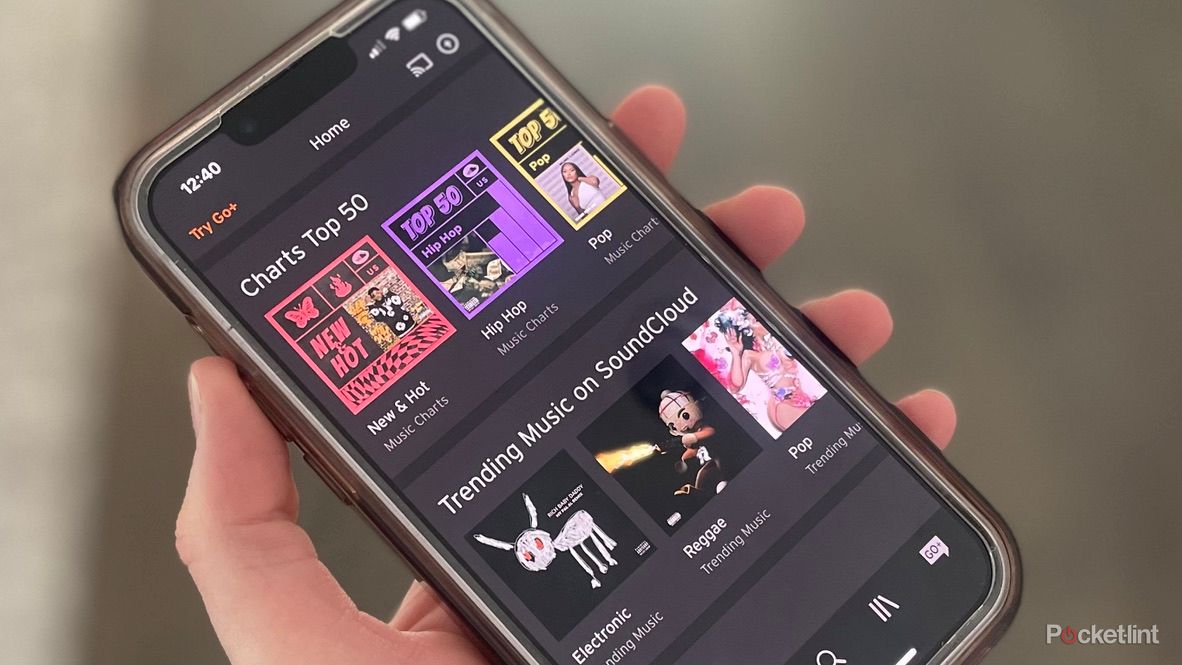
Why SoundCloud beats Spotify for discovering underground music
Some of the most popular musicians have humble beginnings on SoundCloud, and the platform can discover more talent by reaching out to niche artists.
But music has become so accessible, and there’s a big caveat for artists—they’re not being paid what they used to be. In the past, artists could make more money from album sales, but now they only make a fraction of a cent per live stream. Only the most popular artists receive significant returns from streaming their music, while smaller artists suffer and may never make a profit.
music quality
In the age of listening to physical CDs, listeners can experience high-quality lossless audio from these discs. But once you put them on your iPod, these files get compressed and lose a lot of data. If you have a digital audio player that supports higher bitrate, CD-quality audio files, you can certainly still get high-quality music, but let’s face it, most people use iPods, and until 2017, It only supports any lossless codec. Third generation, when the iPod gained ALAC support. But considering most people download MP3s on their iPods, the audio quality situation could be much better.
Adrian Sobolewski-Kiwerski/ Pocket-lint
In comparison, major streaming services such as Apple Music, Tidal, and Amazon Music Unlimited all offer lossless audio streaming. This allows more people to enjoy lossless music at the same time, so people can more easily enjoy higher quality music anytime and anywhere.
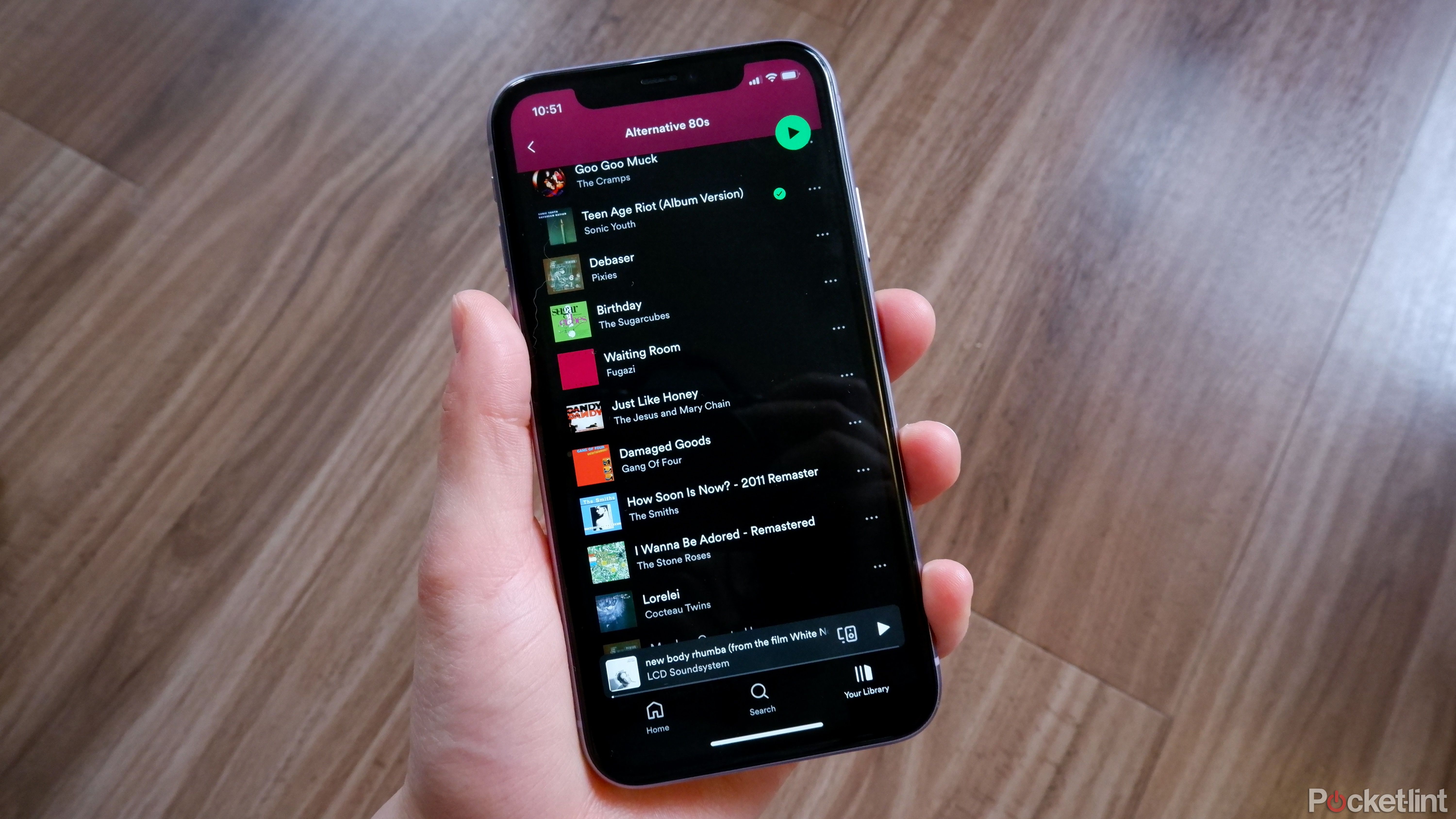
Spotify may launch lossless audio.this is what we know
Spotify HiFi keeps lagging, so what causes it?
curb piracy
In the early 2000s, piracy was a problem. Downloading a single song — or even an entire album — is an expensive feat, especially after Apple raised the price per download from $0.99 to $1.29 in 2009. Many people find it “easier” to download and load music on a digital audio player than to forego downloading, which costs a whopping $13 for just 10 songs, which is significantly cheaper than one of my current Spotify playlists.
Likewise, many people find it “easier” to open Limewire and pirate an album than to go to a store and buy a CD, even though it is illegal.
The streaming era has brought a new level of convenience to music listening, plus the lower upfront cost of paying for a streaming service compared to buying an album, making it an even more attractive legal option. After all, piracy is not as convenient as paying $10.99 a month for Spotify Premium.
Ultimately, piracy will be inevitable as long as the internet exists, but streaming is a powerful disincentive. Add in the social elements of paying for a streaming service, like sharing your Spotify Wrapped yearly, seeing what your friends are listening to, and making shared playlists, and streaming is an even more attractive option.
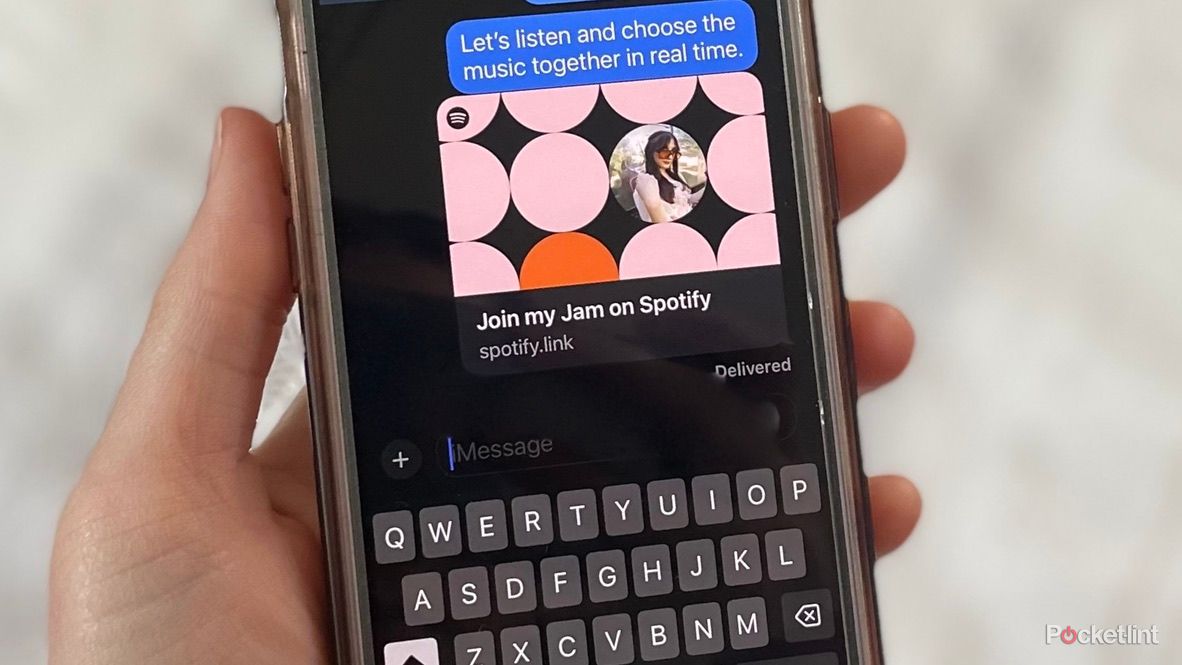
How to start a Spotify Jam session with your staff
With Spotify Jam, you get a collaborative music experience where you and your friends create playlists together and listen together on the go.
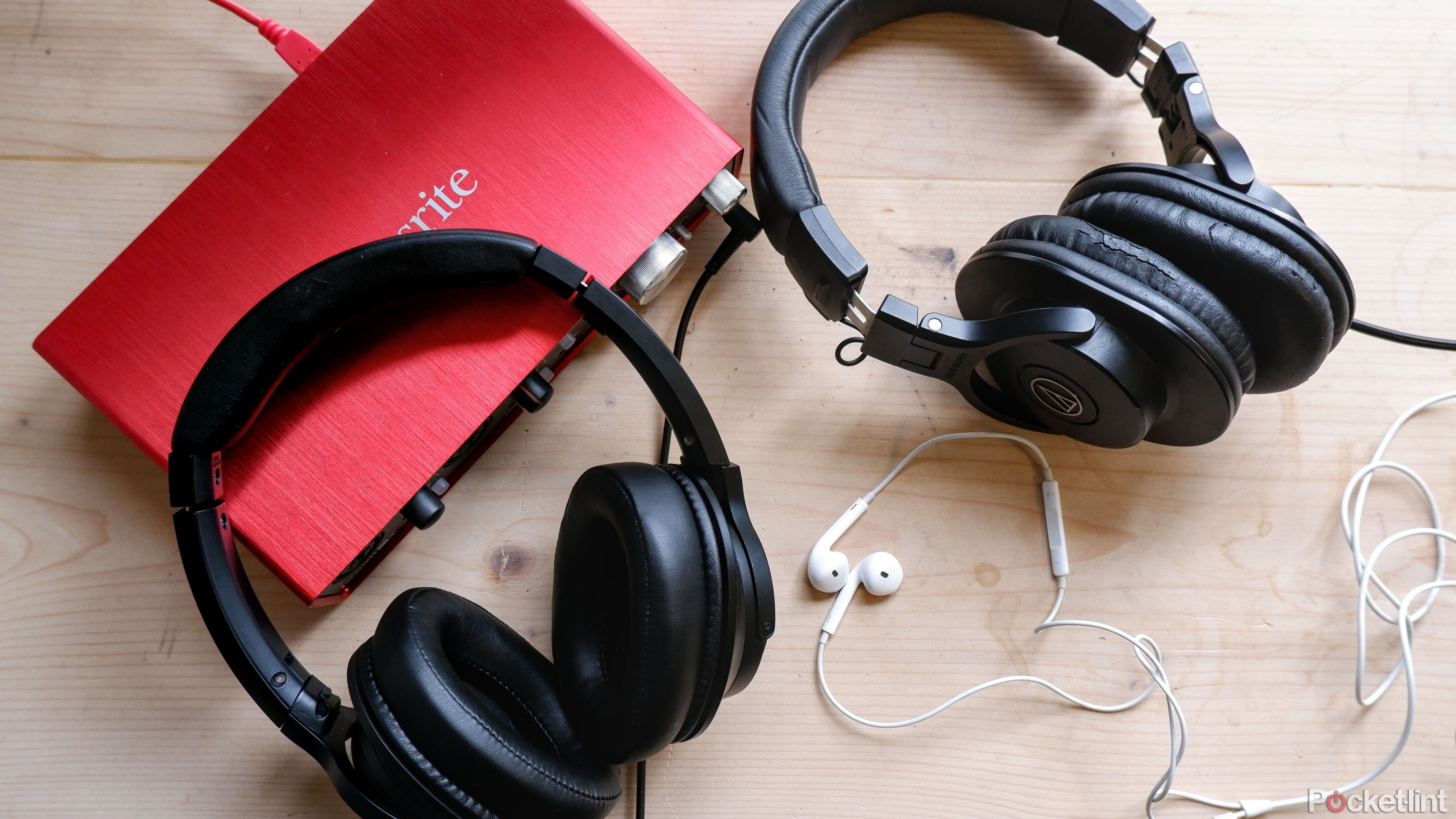 modern listening
modern listening
Do we have to choose between intentional listening and convenience?
We live in a world that is very different in many ways than it was in 2001, and the state of personal audio listening is no exception. Instead of 1,000 songs, you have 100 million songs in your pocket, and they’re more accessible than ever. However, this means that the situation in the music industry has fundamentally changed, and it is more difficult than ever for artists to earn money for their hard work. As technology accelerates, we’ll make huge trade-offs for convenience, but for those of you dissatisfied with what these technological advancements have given us, you at least still have the option of using a digital audio player as an alternative. Even though much of the world has entered the streaming age, that choice can never be taken away. For better or worse, streaming seems to be a state of music consumption that looks set to stay that way for a long time to come.
